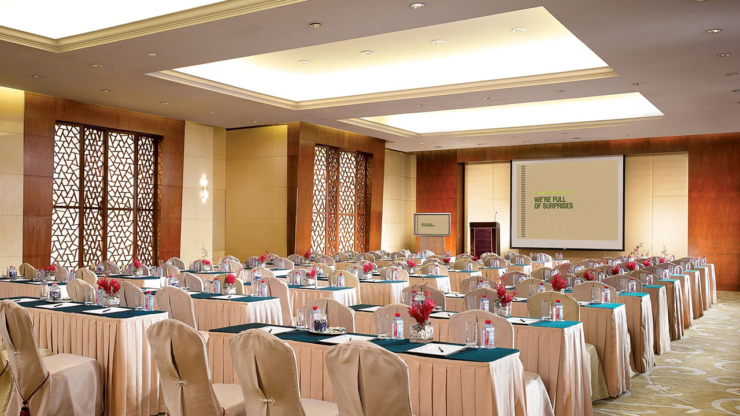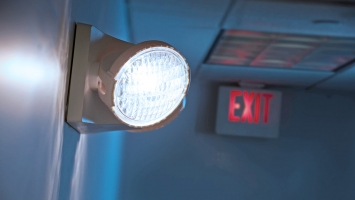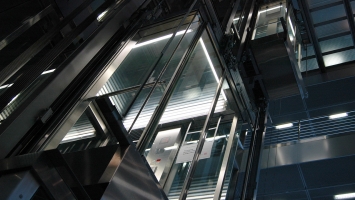
There are two different application model as direct lighting and indirect lighting in indoor lighting and outdoor lighting. In indirect lighting, the light is directed to downward. In other words, the light directed to the surface to be illuminated. In indirect lighting, the light directed to upwards. Therefore, the light reflected from wall or ceiling.
Pendant lighting, chandelier, and task lighting where the light directed to a surface, table or workbench is an example for direct lighting. Secret lighting band, the light fixture that directed to upwards, opposite quarter round pendant lighting and decorative wall lights is an example of indirect light fixtures.
Indirect lighting is getting more popular in houses, offices and commercial areas. The light source is hidden in indirect lighting and the light spread the room through reflection of a wall or surface. Therefore, the annoying glare prevented, the shadows decreased to minimum and obtained homogeneous lighting. Indirect light fixtures can be used on walls, ceilings, or surfaces. Intrusion and asperity on the surfaces provide proper mounting possibility for indirect lighting applications.
More than 90% of the light emitted from lamp is directed to upwards in indirect lighting systems. Only a small percentage of the light will be downwards if the light fixture designed correctly. In order to prevent over glare, the light fixture must be located far enough from the ceiling.
The use of tinct paint or surface coatings on the walls and ceilings will increase the performance of indirect lighting. The light level in room is maintained if the surfaces clean. Most of the light will be lost in indirect lighting when use of wooden ceilings and dark color surfaces.
Indirect lighting provides general lighting, direct lighting provides better lighting for more detailed tasks. One of them or both can be used according to the requirements.
When people choose a lighting, they think that the most important element is that the light should be compatible with interior design. Design, color, size, and mounting options are important for choosing light fixture. However, type, functionality and brightness are more important.
The flexible application opportunity offered by the LED technology has made the use of LED light sources widespread in indirect lighting systems. The systems that designed correctly will maintain technical performance through their life span.







COMMENTS
MAKE A COMMENT